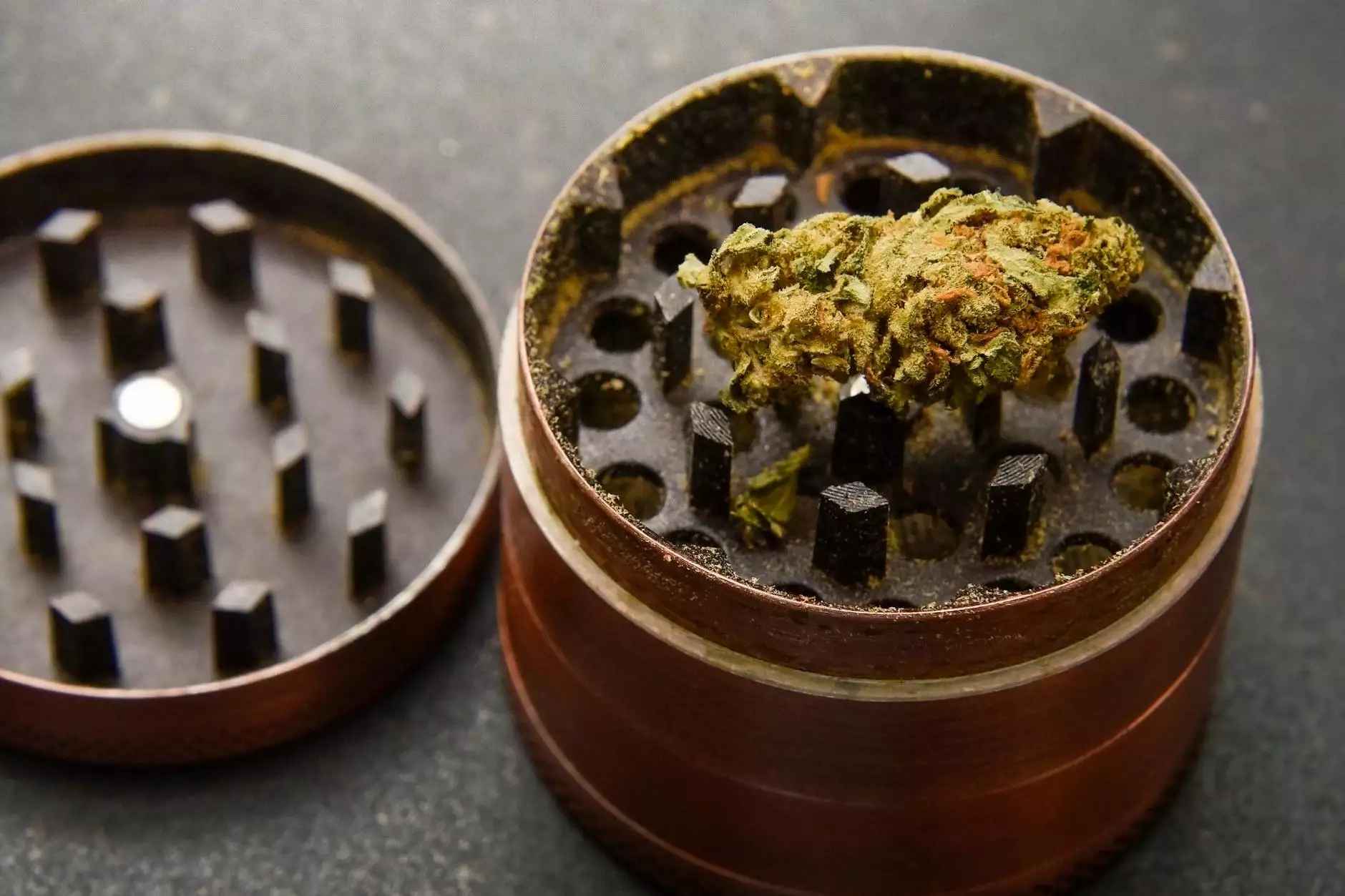Why Do I Have Dark Spots on My Feet?

When you notice dark spots on your feet, it can be unsettling and lead you to question the underlying causes. Understanding the reasons behind these marks is essential for maintaining your health and ensuring prompt attention when necessary. This comprehensive guide will delve into the causes, implications, and treatments associated with dark spots on the feet.
What Are Dark Spots?
Dark spots, also known as hyperpigmentation, are areas of skin that become darker than the surrounding skin. They can vary in size and shade and can appear on any part of the body, including the feet. Hyperpigmentation occurs when excess melanin, the pigment responsible for the color of your skin, is produced by the melanocytes in your skin.
Common Causes of Dark Spots on Feet
There are various reasons why you might experience dark spots on your feet. Here are some of the most common causes:
- Sun Exposure: Prolonged exposure to UV rays can lead to sunspots, especially on areas like the feet that are frequently exposed.
- Age: As you age, your skin undergoes changes, and you may develop age spots, particularly on areas that receive more sun exposure.
- Injuries: Past injuries, bruises, or inflammation can lead to discoloration as the skin heals.
- Skin Conditions: Conditions such as eczema, psoriasis, or fungal infections can cause dark patches on the skin.
- Medications: Some medications, particularly certain antibiotics and chemotherapy drugs, can increase sensitivity to sunlight, leading to dark spots.
- Hormonal Changes: Hormonal fluctuations, such as those during pregnancy, can trigger melasma or dark patches on the skin.
- Genetics: Family history can play a significant role in skin pigmentation irregularities.
Types of Dark Spots
Understanding the different types of dark spots can help in identifying their cause:
1. Lentigines (Age Spots)
Commonly associated with aging and sun exposure, these flat, oval spots vary in color from light brown to black.
2. Melasma
This is a condition characterized by brown or gray-brown patches, usually on the face, but can also affect the feet due to hormonal changes.
3. Post-Inflammatory Hyperpigmentation
After an injury or inflammation, dark spots can develop as the skin heals, resulting in darker patches in affected areas.
Diagnosis of Dark Spots on Feet
If you're concerned about dark spots on your feet, it's crucial to consult with a healthcare professional. Diagnosis may involve:
- Physical Examination: A thorough evaluation of the affected area to assess the characteristics of the spots.
- Medical History: A discussion of your health history, skin conditions, and any medications you may be taking.
- Dermatoscopy: A specialized tool used to examine the skin more closely.
- Biopsy: In some cases, a skin biopsy may be performed to rule out serious conditions such as melanoma.
Treatment Options for Dark Spots
Treating dark spots typically involves addressing the underlying cause. Here are some popular treatment options:
1. Topical Treatments
Over-the-counter creams containing ingredients like hydroquinone, retinoids, and vitamin C can help fade dark spots over time.
2. Chemical Peels
A dermatologist may recommend chemical peels, which involve applying a solution to exfoliate layers of skin and reduce discoloration.
3. Laser Therapy
Laser treatments can target and break down the melanin in dark spots, promoting a more even skin tone.
4. Cryotherapy
This involves applying liquid nitrogen to the dark spots to freeze them off, leading to their eventual fall away.
5. Microdermabrasion
A procedure that exfoliates the top layer of skin to reduce the appearance of dark spots.
Home Remedies for Dark Spots
In addition to professional treatments, several home remedies may help in reducing dark spots:
- Lemon Juice: Known for its natural bleaching properties, applying diluted lemon juice can lighten spots when done consistently.
- Aloe Vera: This natural remedy can help soothe the skin and reduce hyperpigmentation thanks to its active compounds.
- Apple Cider Vinegar: The acetic acid in apple cider vinegar can help lighten dark spots over time.
- Turmeric Paste: Known for its anti-inflammatory properties, turmeric can also support skin health and reduce discoloration.
- Sunscreen: Consistently applying sunscreen can prevent existing spots from worsening and protect against new spots forming.
Prevention of Dark Spots
Preventing dark spots on your feet involves proactive skincare and lifestyle choices:
- Use Sunscreen: Apply a broad-spectrum sunscreen with an SPF of 30 or higher to protect your skin from UV rays.
- Avoid Tanning: Steer clear of tanning beds and excessive sun exposure.
- Stay Hydrated: Keeping your skin hydrated can promote overall skin health.
- Wear Protective Clothing: Consider wearing shoes and socks that shield your feet from the sun.
- Regular Check-Ups: Make a habit of checking your skin for any changes or developments in spots.
When to See a Doctor
While many dark spots are harmless, seek medical attention if you observe:
- Rapid changes in size or color of the spots.
- Itching, bleeding, or crusting of the spots.
- The appearance of new spots after age 50.
- Any sudden increase in the number of spots.
Conclusion
Dark spots on your feet can be a source of frustration and concern. Understanding the reasons behind their appearance, along with available treatment options, can empower you to take charge of your skin health. If you're ever in doubt about dark spots or any skin changes, consulting with a healthcare professional such as a specialist from trufflesveinspecialists.com is always advisable. Taking proactive steps can help maintain or restore the clear, healthy appearance of your skin.
why do i have dark spots on my feet








